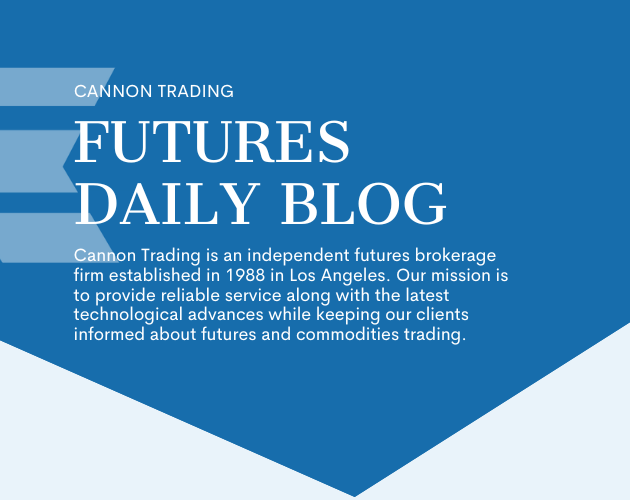Why Volume Bar Charts May Outperform Time Charts for Day Trading

Watch the video below where I share how to change the chart on CannonX premium, free platform from minute bars to volume bars.
Volume bar charts build each bar only when a set volume threshold is reached, rather than at fixed time intervals. That means every bar represents the same amount of market activity, delivering a consistent information payload. In contrast, time bars can leave you staring at flat midday bars with almost no trades or scrambling to interpret massive open‐and‐close bars where price jumps unpredictably.
Volume bars dynamically concentrate detail where it matters most—during the busiest, most liquid stretches—so you see true market rhythm instead of arbitrary snapshots.
- Improved signal-to-noise ratio: Bars only form during active trading, filtering out the noise of thin, low-volume periods.
- Consistent bar “weight”: Each bar tells you the same story in terms of traded contracts, making patterns and breakouts more reliable.
- Enhanced entry/exit precision: You can pinpoint where real buying or selling pressure built up, rather than guessing from smoothed-over time bars.
- Better trend recognition: High-volume clusters reveal where institutional players are stepping in, helping you align with momentum.
Volume bars give day traders a clearer, data-driven view of market flow. By equalizing the information in each bar, they help you avoid false moves in low-liquidity windows and zoom in on the moments that actually moved the needle. When every bar equals the same workhorse of volume, your entries, stops, and targets rest on firmer ground—and your edge sharpens. |

